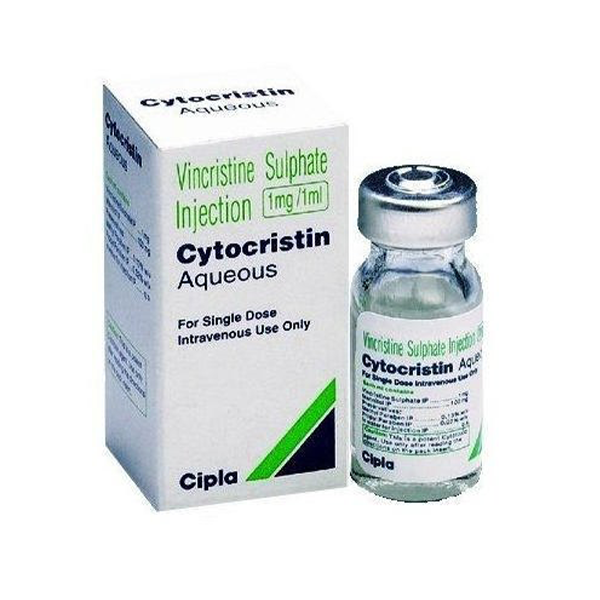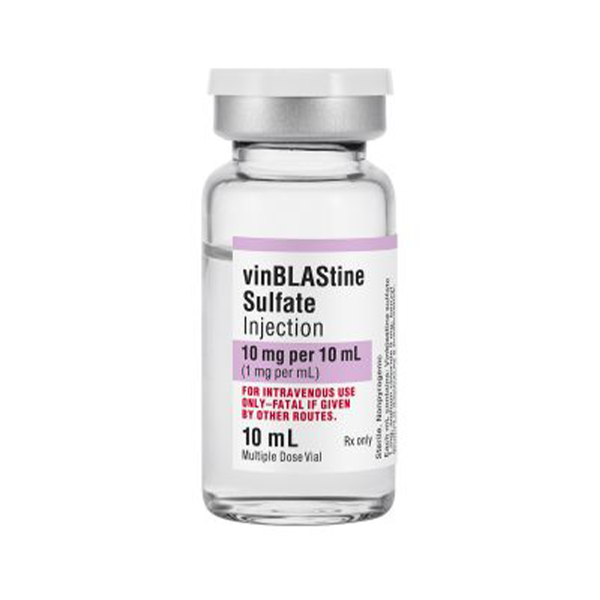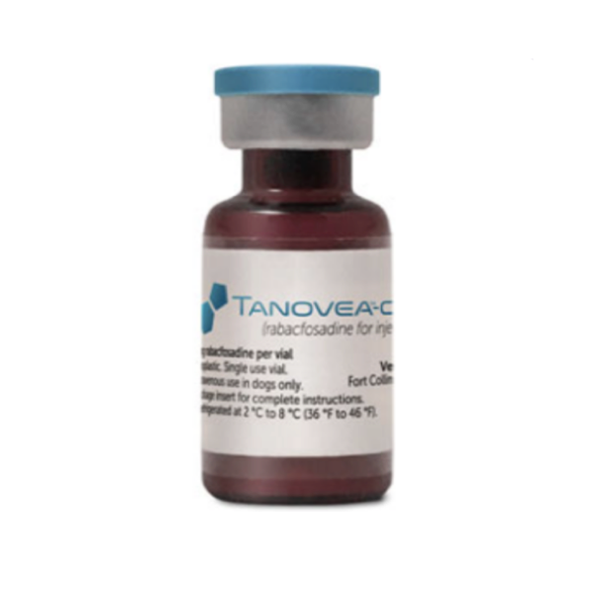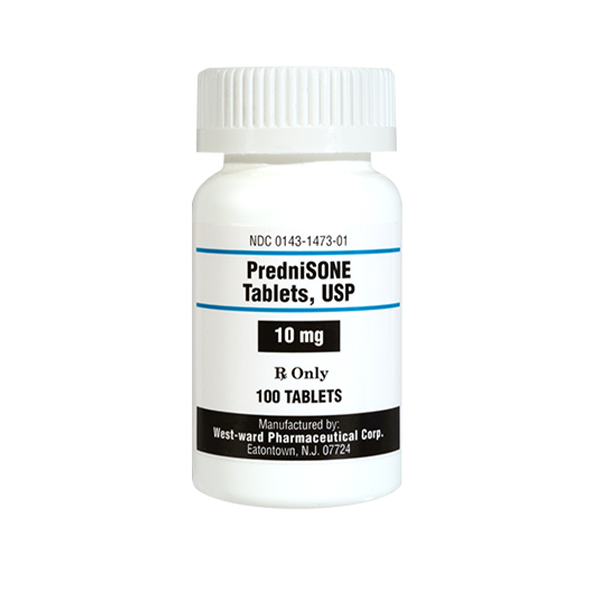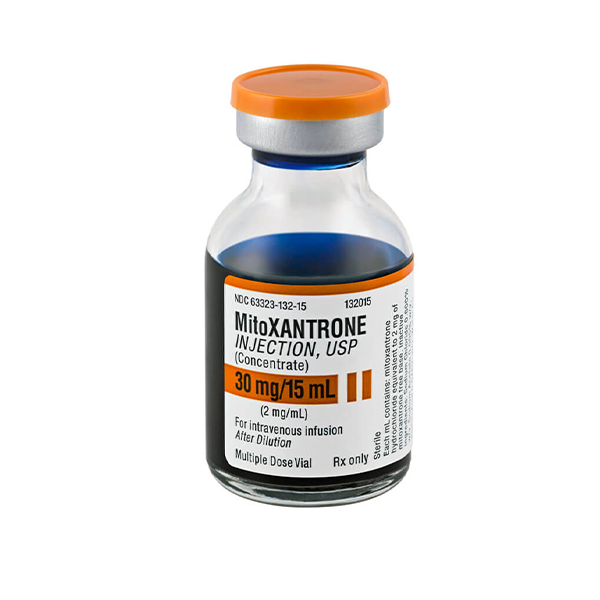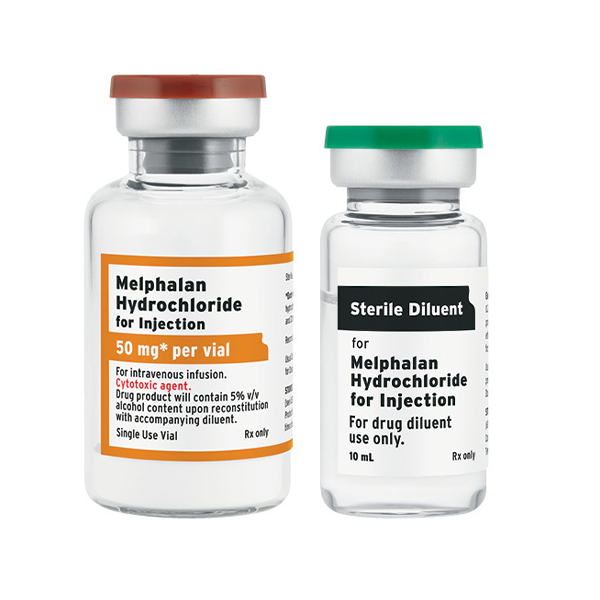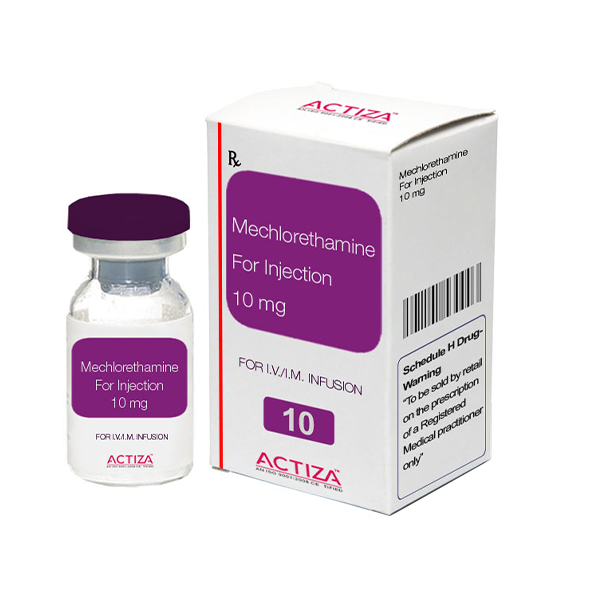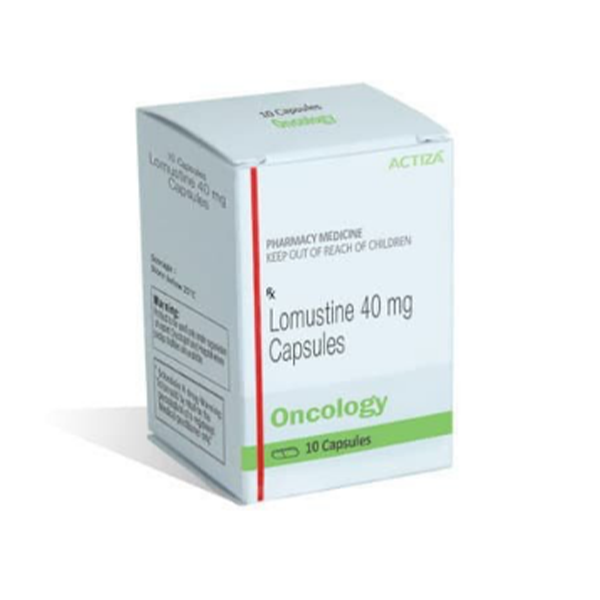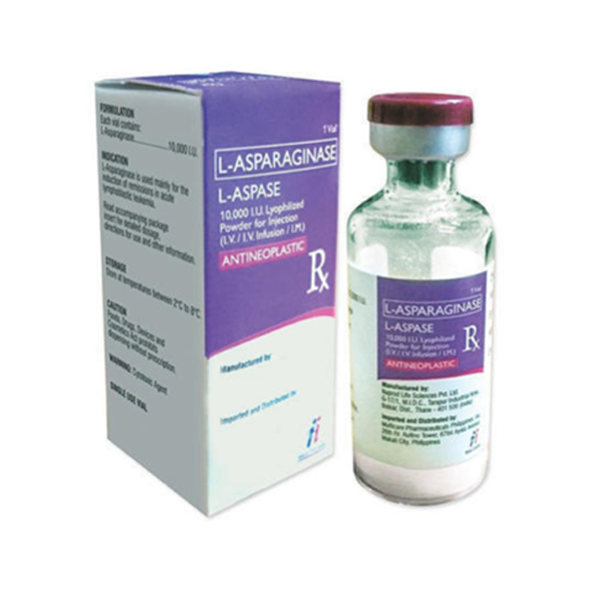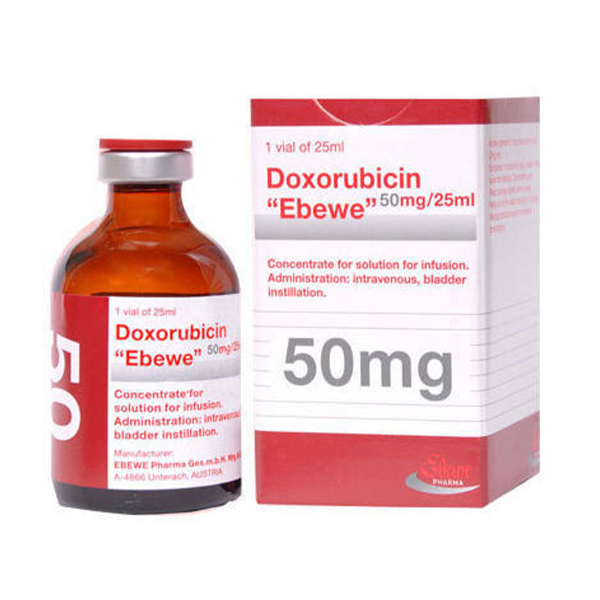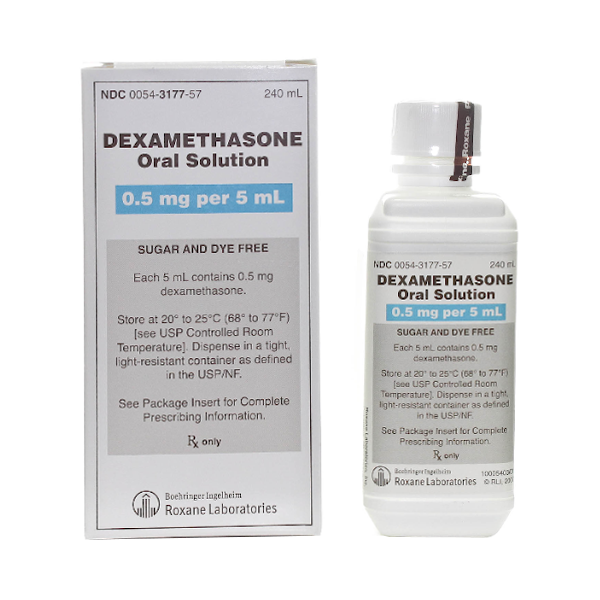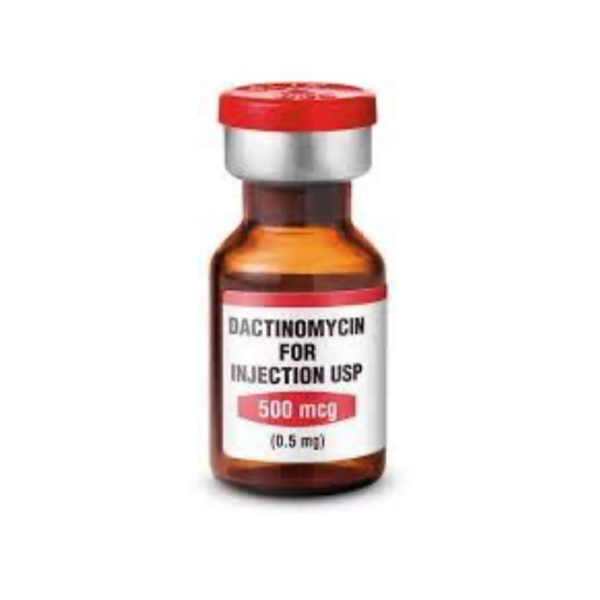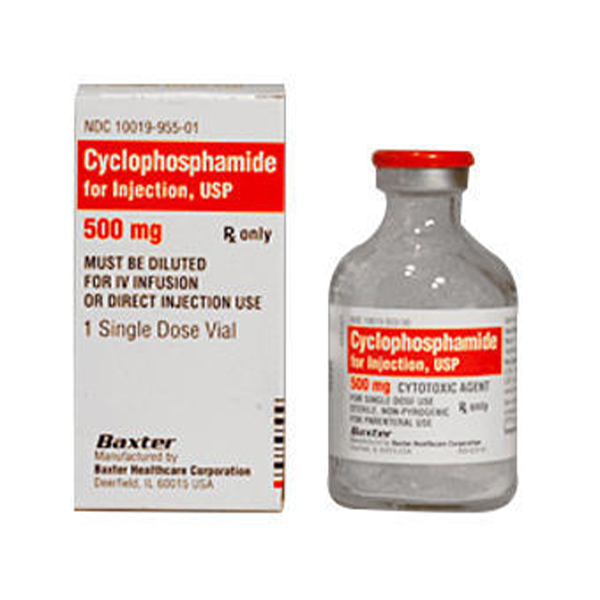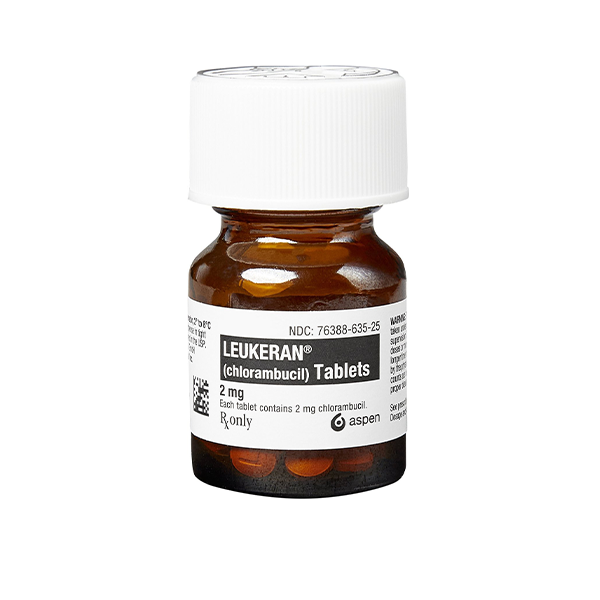Lomustine
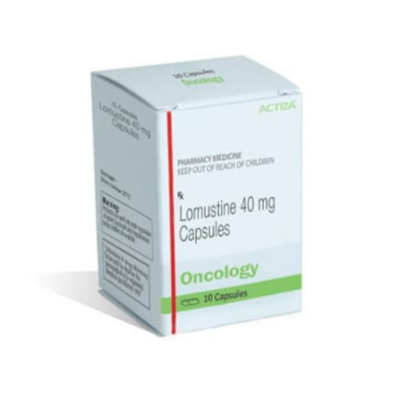
BRAND
Gleostine® (formerly available as CeeNu®)
DRUG TYPE
Anti-cancer chemotherapy drug for humans, dogs or cats
CONDITIONS TREATED
Lymphoma, melanoma, lung cancer and brain tumors
ADMINISTRATION
Capsules on an empty stomach at bedtime
CYCLES OF TREATMENT
Usually once every 3 to 8 weeks.
LENGTH OF TREATMENT
Depends on animal’s condition and response
What is Lomustine?
Lomustine is an alkylating agent that disrupts DNA replication, inhibits cell division, and hastens cell death.1 The cytotoxicity of this drug is used to effectively kill rapidly dividing cells and is used to treat various types of cancer. Lomustine, also called CCNU or CeeNu®, is rapidly absorbed from the gastrointestinal tract, metabolized in the liver, and excreted by the kidney.2 Since it is lipid-soluble and easily moves across cell membranes, the drug readily crosses the blood-brain barrier to act within the central nervous system.1
Lomustine use
Lomustine is commonly used as a rescue therapeutic following relapsed canine lymphoma. It is also quite effective as a treatment for drug-resistant lymphoma with 25-50% of these dogs experiencing complete or partial remission.1 Although it is not as effective as a first-line therapeutic, it is sometimes used as a first-line treatment if the owner has financial constraints or compliance issues.1
Lomustine is used to treat the following cancers:3
- Lymphoma (including the cutaneous T-cell type)
- Melanoma
- Lung cancer
- Mast cell tumors
- Brain tumors
Lomustine administration
- Lomustine is provided in capsule form (5, 10, 40, and 100 mg sizes). To dogs, it is given to the mouth at a dose of 50 to 90 mg/m2 of body surface.4
- Depending on the type of cancer or condition being treated, it is usually taken as a single dose every 3 to 8 weeks.5
- The amount prescribed for you dog depends on many factors, including patient’s size and weight, general health, or other treatments such as surgery, radiation, and additional chemotherapy drugs.
- It is used as a first-line treatment for canine cutaneous lymphoma with a response rate of 80 to 90%.1 26% of the dogs actually achieve complete remission. In these cases, the duration of treatment to response was approximately three to four months.
- This drug should be taken with fluids on an empty stomach with no food or drink provided for 2 hours after ingestion. This approach decreases the incidence of nausea and vomiting.
Your veterinarian will determine your dog’s dose and schedule. He or she will also conduct blood tests before and during treatment to monitor blood cell counts and screen for metabolites and enzymes reflecting liver and kidney function.2
Before using lomustine
Tell your veterinarian if any of the following are true:6
- Your pet is taking additional medications, including prescription, over-the counter, vitamins, or herbal remedies.
- Your pet is pregnant or will be pregnant.
- Your dog has pre-existing renal disease.
- Your dog’s liver enzyme profile needs to be evaluated. Do not give you dog aspirin or aspirin-containing products without your veterinarian’s approval.
- Be sure that blood tests are conducted before and during treatment. These routine checks are used to assess your dog’s complete blood count (CBC) as well as liver and kidney function.
- These tests are also used to determine your pet’s response to lomustine therapy.6
SIDE EFFECTS and OVERDOSE
Possible side effects
The most common adverse effect of lomustine is bone-marrow suppression. This condition is often accompanied by anemia, low white blood cell counts and low platelets [4]. Changes in blood cell production can result in pale skin and breathlessness (anemia) as well as bruising under the skin and bleeding along the gums (low platelets). In fact, approximately 40% of dogs will have a reduction in white blood cell counts (< 1,000 neutrophil cells/L), seven days after starting lomustine.1 This reduction in immune function increases the risk for infection. Be on alert for signs of fever, shivering, and weakness which may indicate that your dog has developed an infection.
The symptoms listed below do not suggest that you take emergency measures immediately; however, if you notice that any of these symptoms persist for more than 24 hours, contact your veterinarian:2
- Vomiting
- Loss of appetite
- Diarrhea
- Sores in the mouth and throat
- Unusual tiredness or weakness
- Pale skin
- Fainting
- Hair loss
- Unsteady walk
More severe reactions are also possible. Contact your veterinarian immediately if your pet experiences any of the following symptoms:7
- Difficulty in breathing
- Shortness of breath
- Dry cough
- Chest pain
- Wheezing
- Decreased urination
- Swelling of face, feet, ankles, or lower legs
- Yellowing or eyes and skin
- Confusion
- Sudden change or loss of vision
Symptoms of overdose7
- Black, tarry stools
- Red urine (contains blood)
- Unusual bruising or bleeding
- Unusual tiredness or weakness
- Sore throat, cough, fever, or other signs of infection
- Shortness of breath
- Prolonged diarrhea
- Vomit containing blood or brown substance that look like coffee grounds
Sores in the mouth and throat
Consult with your veterinarian regarding any drugs or supplements your pet may be taking prior to treatment with lomustine.
Some products that may interact with this drug include:4
- Nalidixic acid
- Azathioprine
- Cyclophosphamide
- Amphotericin B
- Chloramphenicol
Serious interactions may occur when taking lomustine with the following drugs:8
- Immunosuppressive or immunomodulatory drugs
- Selected multiple sclerosis agents
- Selected myelosuppressive agents such as Clozapine or Deferiprone
Severe interactions can arise when combined with the following drugs:8
- Alkylating agents such as nalidixic acid
- Selected immunosuppressants such as talimogene laherparepvec
- Live vaccines
- Immunosuppressive drugs or immunomodulators such as Efalizumab or Natalizumab
- Try and have your dog drink at least two to three quarts of fluid every 24 hours, unless you are instructed otherwise.
- Your dog may be at risk of infection, so report fever or any other signs of infection to your veterinarian immediately.
- Wash their feet often, especially if they are prone to licking.
- To help prevent mouth sores, try to rinse your dog’s mouth with 1/2 to 1 teaspoon of baking soda or 1/2 to 1 teaspoon of salt mixed with 8 ounces of water three times a day.
- Avoid activities that could cause injury to your dog.
- To reduce nausea, ask your veterinarian about anti-nausea medications.
- Try and feed your dog small, frequent meals rather than less frequent large meals.
- Avoid dog food with high fat content and allow your dog to have plenty of rest.


